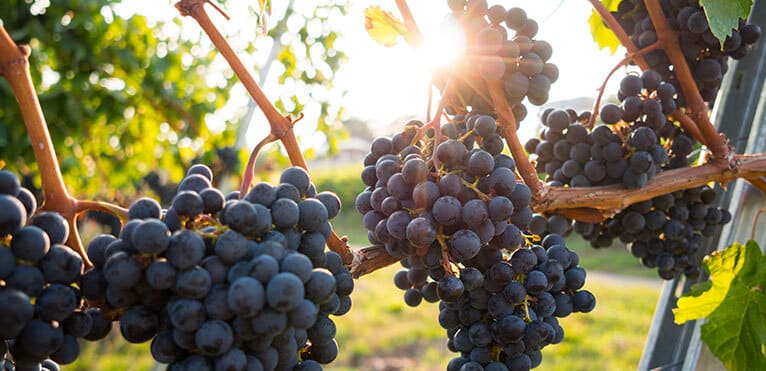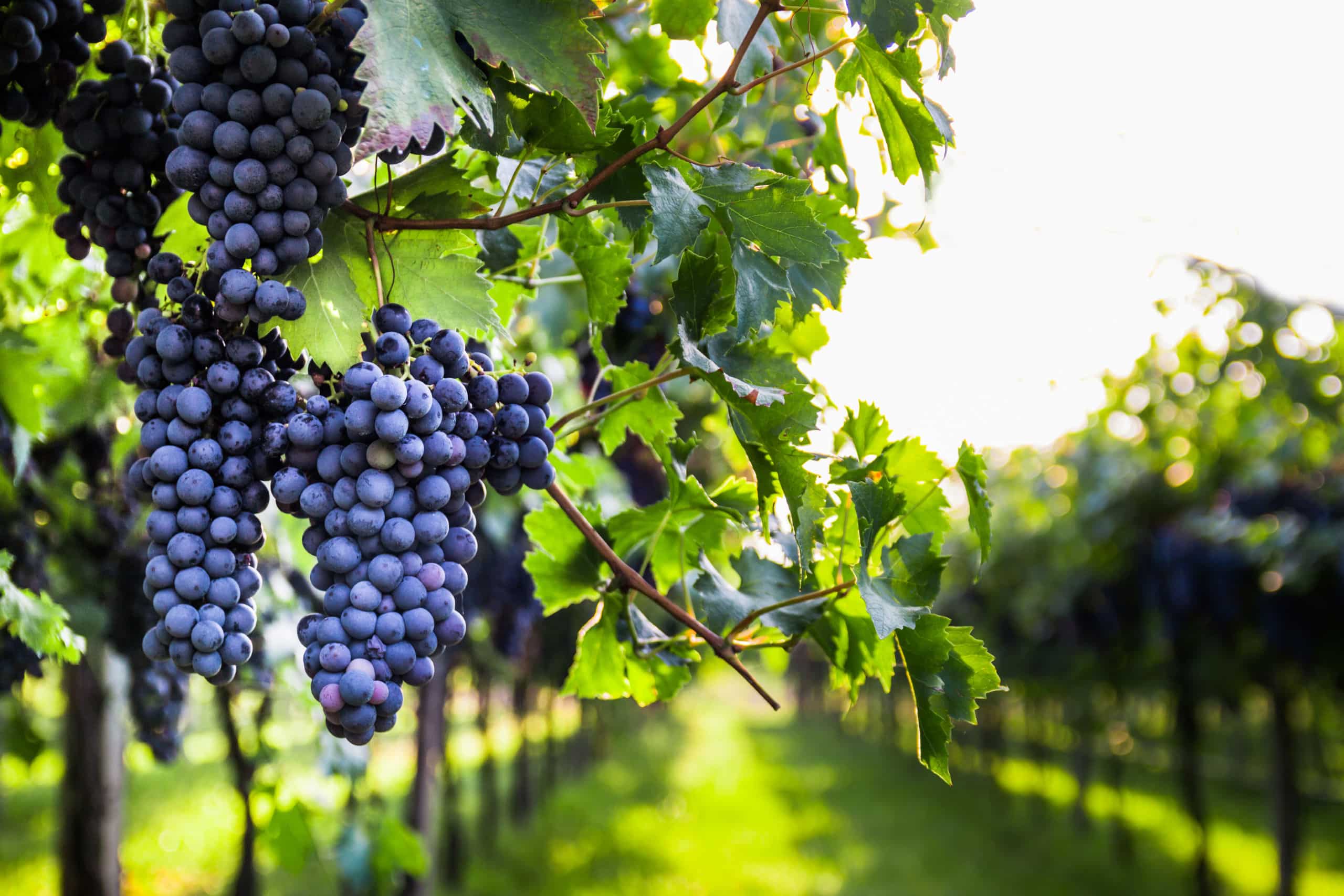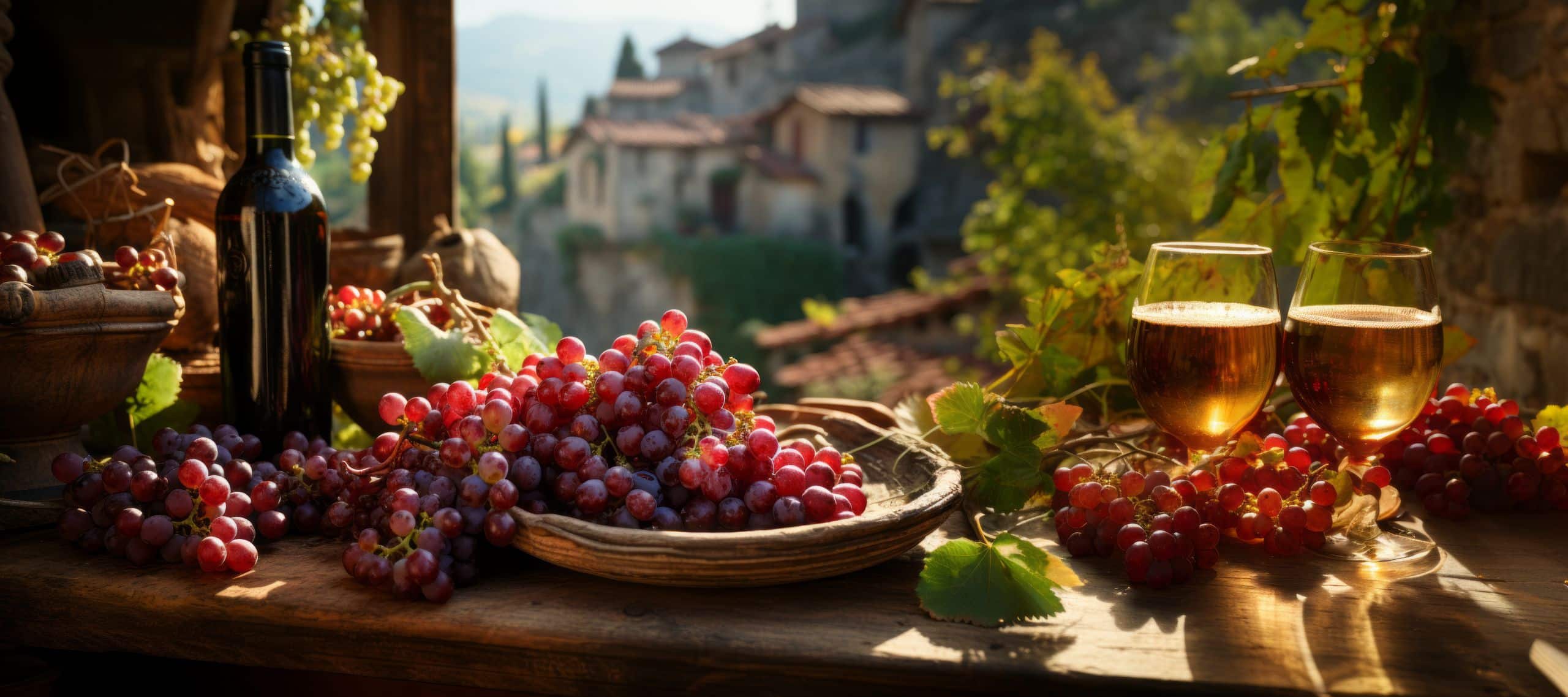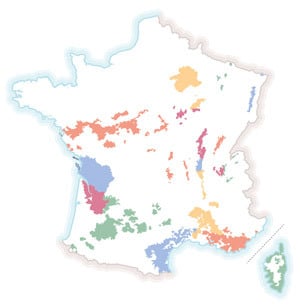
Contents
Viticultural yield is the agronomic yield of a vineyard. It corresponds to the ratio between production and surface area of cultivated vineyards. It is usually expressed in hectolitres (100 liters) per hectare (10,000m2).
In 2019, the average yield per hectare is 57 hectolitres per hectare, or 7,600 bottles per hectare. But the different vineyards are heterogeneous: the average over 20 years at Yquem (Sauternes, Bordeaux) is 10 hectoliters per hectare (with a maximum authorized of 25 hectoliters per hectare), while in the old Languedoc vineyards we reached up to 120 hectoliters per hectare.
In most cases, the more bunches a vine has, the more energy it divides up to ripen them. In fact, high-yielding vines produce grapes that are less mature and less concentrated in sugar, flavor and acidity. Wines are therefore less rich and flavors are more diluted. As a result, many renowned winemakers focus on low yields in order to obtain the best quality grapes possible.
What does yield depend on?
Yield is determined by grape variety, soil, age of vines, viticultural practices, year (weather conditions), type of harvest and pressing. Yield potential can be estimated before the harvest using certain data. We can take into account the density at which the vines are planted, the number of eyes left when pruning (the load), the number of bunches per eye (fertility) and the average weight of a bunch.
Yield limits in France
In France, wine yields are monitored and limited. Of course, this limit depends on the region and appellation, and each appellation has its own specifications specifying authorized yields. If the vineyard fails to comply with the specifications, the wine it produces is downgraded to a less prestigious appellation.
Thus, we have the following performance limitations:
- 90 hectoliters per hectare for wines without geographical indication (VSIG)
- 80 hectoliters per hectare for protected geographical indications (PGI)
- 35 to 60 hectoliters per hectare for Appellations d’Origine Contrôlée (AOC)
AOCs, which generally produce the most prestigious wines, are the appellations subject to the strictest specifications. Generally speaking, the smaller the AOC, the more restrictive the specifications. The small but highly prestigious 1.63-hectare Romanée-Conti appellation (Côte de Nuits, Burgundy) is subject to a yield limit of between 35 and 45 hectolitres per hectare.
Along with Italy, France is the only country in the world to set regulatory limits on wine yields, with the aim of controlling the quality of the wines produced.
Champagne, an exception
In the Champagne region, yield restrictions vary from year to year. The Comité Interprofessionnel des Vins de Champagne (CVIC) takes into account the year’s weather and the state of national and international markets to avoid overproduction. While the maximum yield is 15.5 tonnes per hectare, this is never authorized by the CIVC, which has, for example, set the target yield for AOC Champagne at 10.2 tonnes per hectare for 2019.
© Photo: David Köhler / Unsplash




